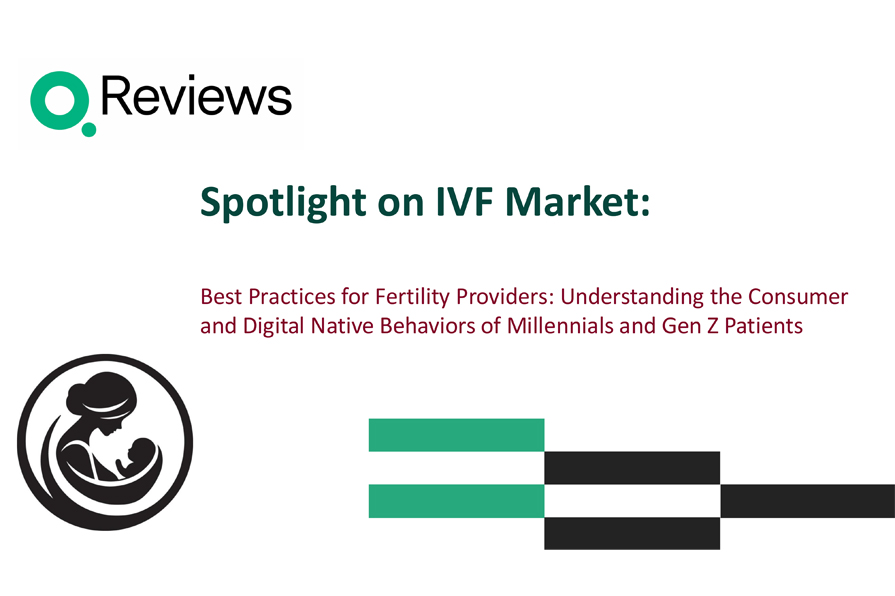
Patient-Provider Communication: A Faster, More Efficient Way to Communicate with Patients

Life can now be managed with just a few quick clicks on a screen. Consumers can now order a gallon of milk from an app before the refrigerator door closes shut. It takes us longer to decide on a movie than it does to begin streaming it online. You can even revamp your investment strategy from the palm of your hand. As such, it’s no surprise that the definition of effective communication in the healthcare industry has evolved as well — and it requires major changes in patient-provider communication.
The healthcare industry needs to catch up to this new way of living, speeding up the patient-provider communication loop. For communication to be effective, information must be comprehensive, accurate, timely, clear, and easily understandable.
The US healthcare system may be known for its great clinical care, but there is definitely room for improvement in the customer service realm. Customers are not shy about expressing disapproval, and a July 2018 survey from McKinsey & Company came to the blunt conclusion: “Consumers want more from the healthcare industry.” A major request is for a better patient experience.
According to the study authors, “When survey respondents were asked what would make a healthcare company ‘the best,’ coverage was ranked as most important (23%), followed by customer service (11%), cost (7%), and access (6%). Such basic ‘asks’ would be unheard of in most industries,” they concluded.
More Effective Communication in Healthcare Through Improved Patient-Provider Communication
Many well-established consumer brands already facilitate direct conversations with their target market, and they’ve been doing so for many years. Now it’s healthcare’s turn. It’s time for the industry to bridge the disconnect with patient provider communication.
In fact, many leading hospital executives are searching for ways to build trust and build patient loyalty, taking inspiration from the hospitality and travel industry. Their practices of real-time problem resolution are decades in the making and are useful to healthcare since many patients simply want to be heard.
Service recovery facilitates direct communication, offering timely attention to a patient’s needs. Still, many providers don’t know where to start. They are unsure what their customer needs or they don’t have tools to take immediate corrective actions–sometimes both. In either case, here’s how providers can start the service recovery feedback loop:
- Set a goal: What does your organization hope to achieve? Is it higher volume or better customer satisfaction scores? Setting a goal will help your team pick the right technology tools or manual processes for achieving the desired result.
- Pick the best tools: There are many digital strategies for gathering consumer data, so it’s critical to select the right one for your organization’s needs.
- Commit to seeing it through: Prioritize continuous improvement once you operationalize the service recovery process.
Best Practices
Build a plan for best practices. This is a major part of creating a patient engagement program. Here are the five main pillars of service recovery, as defined by top consumer brands:
- Practice active listening: Active listening involves being able to summarize a patient’s statements, empathizing with the situation, and asking specific questions. This practice shows you’re genuinely interested in what they have to say.
- Offer a sincere apology: Be clear about what you’re sorry about, and identify what could have been better. That way, the patient knows you understood what made them unhappy.
- Brainstorm solutions: To turn things around, your patient needs to walk away with a resolution for their grievance with the staff. If they leave the call knowing you have a concrete plan to change, they’re more likely to give you another chance.
- Follow through with your offer: Keep your promise to your patient in order to regain trust. The next time this patient comes in, they’ll expect that you’ll take care of their issue.
- Keep it professional: Define the appropriate talk track or script to use in various situations. With the right plan, you’ll be able to portray confidence and professionalism every step of the way.








